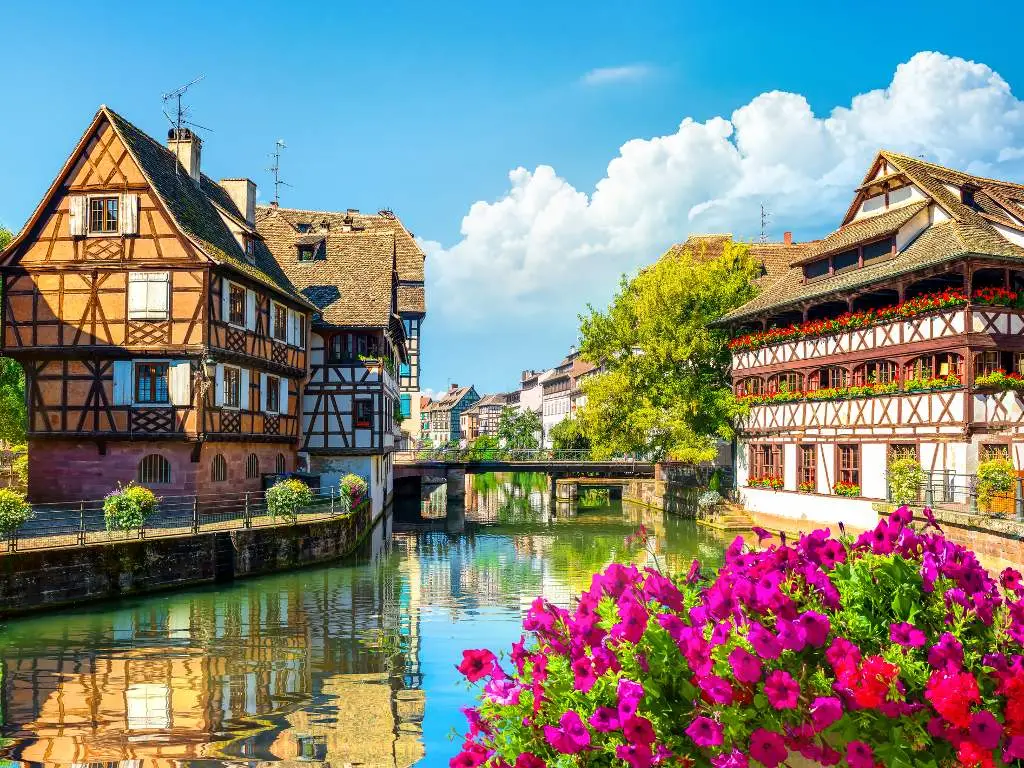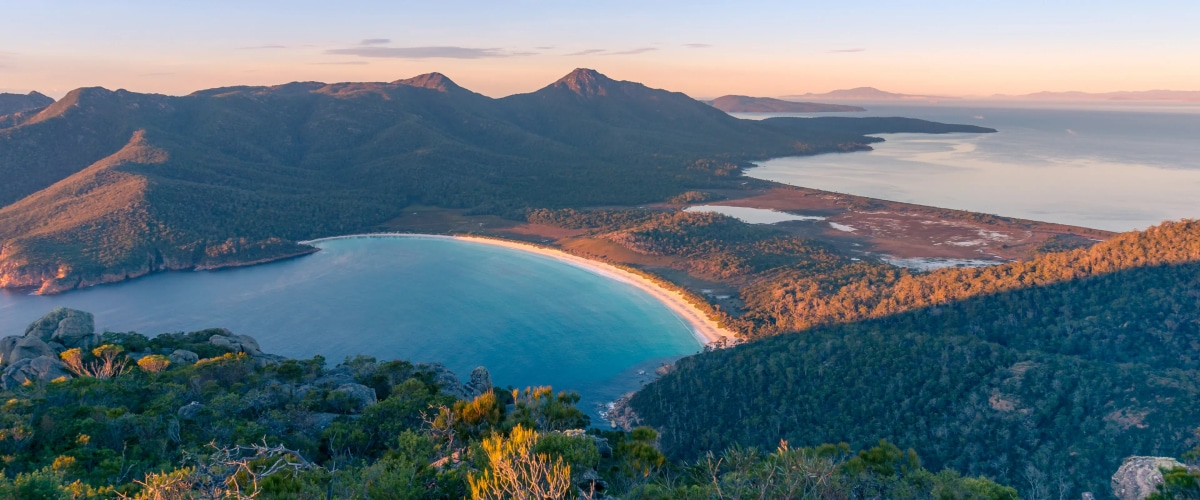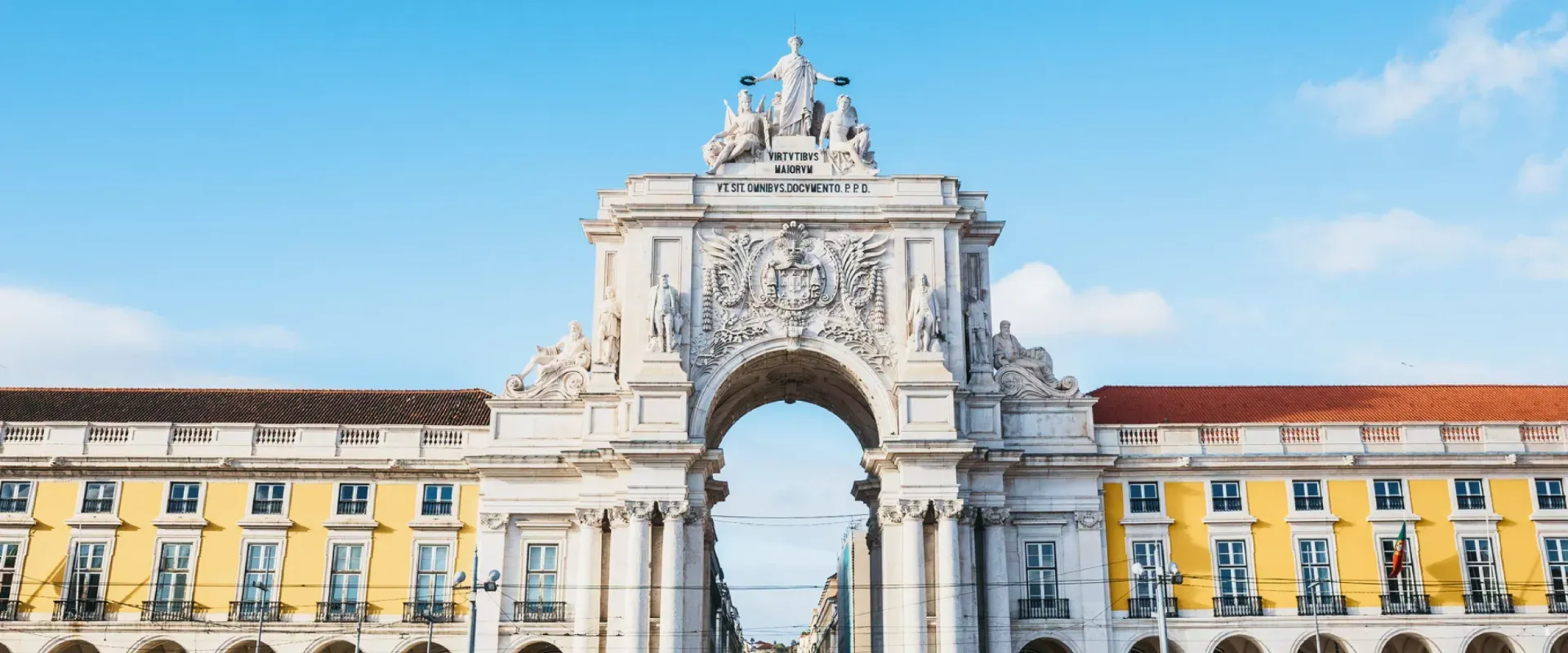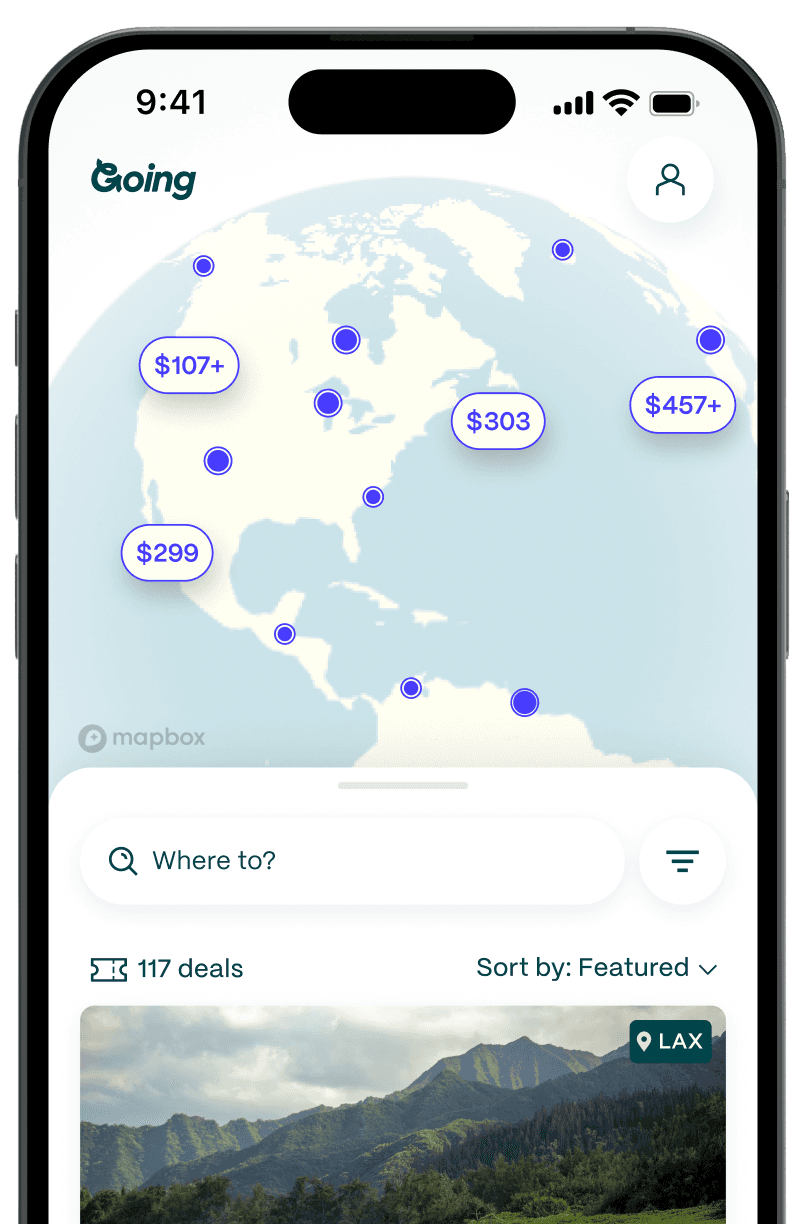
Bristol: The British City Where Banksy Cut His Teeth
The British know Bristol as one of England's most exciting cities, thanks to its always-buzzing young energy and a constant barrage of creative types. But this energy is often overlooked by international visitors who gravitate toward the more cosmopolitan city of London, located about 100 miles east. To be fair, this doesn't tend to bother the locals, as fewer visitors mean more underground art, tasty bites, and green space to enjoy themselves—and there's plenty of all of that.
Admittedly, the city is in an enviable location: It lies about 90 minutes from the capital by train, bringing it within the commuter belt; right next to the city of Bath and its Roman spa; and within driving distance to the beaches of Devon and Cornwall. As far as accolades go, Bristol’s universities are consistently at the top of their class, ranking high in research and academic excellence throughout the UK and around the world. And on the whole, Bristol is hip and beautiful, ranking 10th for the UK’s most aesthetic cities.
While not directly on the sea, Bristol is water-centric, with the River Avon, a floating harbor, and canals threading their way through the city. It also has a vibrant art scene, as it’s (allegedly) home to—perhaps the world’s most well-known—street artist Banksy. Where the city lacks in fine dining, it makes up for it with a decidedly relaxed approach to international cuisine, evident in its multicultural food markets, tapas bars, and pubs. And all the while, you’ll stumble across the city’s history—some good and some bad—at every step.
Banksy was here

As you walk the streets of Bristol, it’s difficult to miss the street art—it’s everywhere. Not surprising, as world-renowned street artist Banksy allegedly calls this place home. (Some of his earliest pieces to gain recognition were found here in the early '90s.) There are about a dozen of the artist’s works located throughout the city, easily explored via a self-guided walking tour. Don’t miss some of the most easily accessible pieces, found inside Bristol’s eclectic museums. One resides in the downstairs lobby of the Bristol Museum & Art Gallery, and the M Shed at the harbor has a rescued piece that was due to be demolished and is now part of the exhibitions about Bristol’s history.

Whether due to Banksy’s influence or simply because it’s such a young and energetic city, the creative buzz throughout Bristol is palpable. Don’t miss the murals that spruce up building facades along North Street (a lively stretch across the river from the old town), the giant banana constructed from scaffolding tubes in Castle Park, or Aardman Studios—the creative hub that came up with Wallace & Gromit and Shaun the Sheep. (The studio also recently opened a Wallace & Gromit-themed escape room, A Grand Way Out.)
A Kingdom for trains, bridges, canals, and ships

Despite not having been born (or never having lived) in Bristol, English civil engineer Isambard Kingdom Brunel’s name is tightly linked with the city. If you’ve traveled from London to Bristol by train, chances are you took the line that Brunel called to life in 1833, the Great Western Railway. You’ve also probably navigated tunnels he built, hurtled past canals he worked on, and stepped out at Bristol’s Temple Meads station, which he designed.
His most imposing engineering feats, however, are undoubtedly the world’s first great ocean liner—the SS Great Britain—which is moored in the Bristol Floating Harbour, and Clifton Suspension Bridge, which spans the Avon Gorge on the northwest edge of the city. Book a tour to the secret vaults beneath the bridge; it’s a cavernous, eerie space that echoes, virtually untouched since its construction. There are thin stalactite-like formations created from the minerals that ooze through the brickwork, and roots, sprouting from the overgrown cliffs above, hang from the ceiling. It’s a must-see for the sheer work that went into the bridge, but it’s also an adventure (hardhats are provided).
Village people
Capping the eastern end of the Clifton Suspension Bridge is Clifton Village, an enclave of the city. It towers at 260 feet, offering expansive views over the rest of Bristol, the river, and the countryside below. The village is mentioned in the Domesday Book—Britain’s earliest public record published after a survey of the land in 1085—as Clistone, a name that has since evolved to Clifton. Archeological remnants, like forts, that date to the Iron Age (around 350 BCE) are scattered around the city.
These days, the village is a bustling neighborhood full of cafés, pubs, and shops. Try a Pimm’s cup—the quintessential English summer drink made with Pimm's No. 1 (a gin-based liqueur), lemonade, and plenty of fresh fruit—or a pint at The Albion, a scenic pub popular with locals. Then head out for some shopping in the Victorian-style Clifton Arcade, a mall that hosts independent shops selling antique jewelry, art, plants, luxury bridalwear, and more.
Beyond Clifton Village’s polished storefronts, there’s plenty more to explore, some of it quirkier than the rest. Pay a visit to the Clifton Observatory, and you may stumble upon Giant’s Cave, a natural limestone cave high above the Avon Gorge where, as legend would have it, giants used to live. Before it became an attraction, locals made a sport of climbing up the gorge’s sheer cliff face to enter the cave; now you can reach the cave safely through the observatory. There’s also the Clifton Rock Slide, a natural rock face worn smooth over the years by people sliding down it. Go on, take it for a spin, but just remember to wear long pants or sit on a sturdy piece of cloth if you really want some speed.
A river runs through it

Bristol Floating Harbour is—and has always been—an aquatic thoroughfare. Historically, passengers, like those setting sail for Australia on Brunel’s SS Great Britain, have navigated these waters, just as cargo ships connecting inland England (all the way to London) with the ocean via the Kennet and Avon canal do today. The trade of enslaved people took place here as well, a source of shame for modern Bristolians. On June 7, 2020, during the global George Floyd protests, a statue of the main trader Edward Colston, which originally stood in the city center, was toppled by protestors, dragged to the harbor’s Narrow Quay, and thrown into the water. (Other landmarks named in Colston’s honor were also changed.)
Today, the harbor is the site for cafés, restaurants, museums (including the M Shed and the Arnolfini), and the five-mile Bristol Harbour Walk. This is also the best place to spot Bristol’s iconic pastel-painted rows of houses. Standing at the harbor, look west toward the suspension bridge to see the most notable rows on the hill leading up to Clifton Village. Farther east on the harbor, with the bridge behind you, you can see more colorful homes in the Totterdown neighborhood.
Lights, camera, Bristolwood
Bristol is home to a lively film and television scene, so much so that it was designated a UNESCO City of Film in 2017. There are currently 21 cities around the world with this distinction, and Bristol has certainly earned its spot: It’s the birthplace of motion-picture pioneer William Friese-Greene and Hollywood legend Cary Grant; the BBC Studios Natural History Unit is here, with Sir David Attenborough’s wildlife and nature programs; and the city hosts no fewer than 11 international film festivals annually.
With some 130 production and post-production companies in Bristol, there are few days when you step out without coming across a film crew. They’re usually parked at Millennium Square down by the harbor, using the unchanged settings of medieval Bristol Cathedral and the Great Gatehouse of College Green as filming locations. Bristol assumes starring roles in series and movies like Sherlock, The Outlaws, Skins, Alex Rider, and period dramas such as Bridgerton and Sanditon. You can do a self-guided tour with movie maps provided by the city or join a guided tour to see the most famous filming locations with live commentary.
Old markets and modern festivals

Festival season doesn’t stop at the silver screen. In Bristol, there’s always something on, whether it’s a year-round market or a weekend-long fling bringing revelers in droves. There is the year-round St. Nicolas Market—Bristol’s largest collection of independent retailers and named Britain’s Best Large Indoor Market in 2016; the market boasts mid-18th century architecture and a wide international selection of street food stalls. Don’t miss Pieminister for—you guessed it—filled pies. (Although Pieminister locations can be found throughout England, it's worth a stop in Bristol particularly for the medieval setting.) On Sunday mornings, pop across the river for the Tobacco Factory Market; here, everyone knows everyone, and they all have their cooking, arts, and crafts on display. Look out for the Fika stall, which has wonderfully authentic Swedish cinnamon buns.
Each May, local and international artists descend on North Street for the annual street art festival Upfest to add to Bristol’s already colorful urban art displays (you’ll need a permit to do the painting, but you can still enjoy the art even if you don’t have one). Then there is the Bristol Balloon Fiesta—Europe’s largest balloon festival—where more than 500,000 visitors each August watch the sky fill with hot air balloons in all shapes and sizes, from the traditional shape to Wallace & Gromit, birthday cake, and Minion-shaped balloons.
That Bristolian accent
Known well beyond its borders, the Bristolian accent is easily recognized and as much loved by the locals as it is ridiculed by non-locals who find it difficult to understand. It’s less pronounced than the Devon accent (which has a certain twang), but it has a similar, so-called rhotic “r” sound, especially at the end of words, like “tractor.” The “l” sound is also something to note. At the end of words, it’s usually missing, so a word like “Bristol'' usually sounds more like “Bristo.” And in some instances, an “l” can be added where there shouldn’t be one at all, like when “thank you” becomes “thank youl.” Add that the “h” at the beginning of a word is often swallowed, not unlike the French pronouncing “hotel” as “otel,” and you have an accent that might stop an international visitor in their tracks.
Just don’t take offense when an older Bristolian addresses you with “alright, me luvver.” It is meant well, as a greeting, as is “cheers drive,” something you hear when people are thanking the driver as they exit a bus.
Foodie Bristol

With less than a half million residents, Bristol might be small by city standards, but it is decidedly diverse. Its food scene is no different, as low-key eateries strive to cater to the cosmopolitan taste buds of international students and global settlers alike. For variety, try the neighborhood of St. Pauls near the university; the cuisine of each restaurant is entirely different from the next, with stellar vegetarian and vegan options.
You can also take your pick at Wapping Wharf by the harbor, a local-favorite spot made up of countless shipping containers, each hosting a different café, pub, or eatery inspired by cuisines from around the world. There is poke and pizza, noodles and hot dogs, tapas, tacos, and gambas (shrimp). It’s all served in a no-frills, convivial environment with shared outdoor tables. If you eat meat, don’t miss Pigsty, which serves sausages, pulled pork buns, and burgers nominated for a Bristol Good Food Award. If you don’t eat meat, head straight to Root, where vegetarian and vegan dishes, such as beetroot carpaccio and tempura spring onions, take center stage.
See Going's deals on flights to Bristol, and join today to get cheap flights delivered right to your inbox.
Other UK guides
Last updated August 30, 2024









